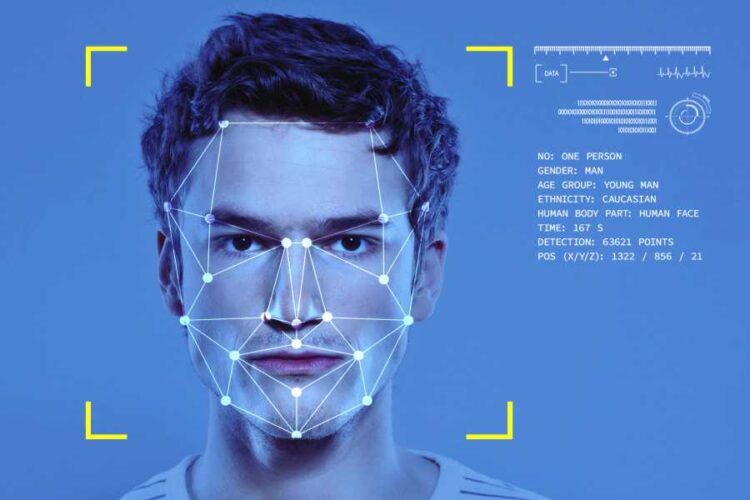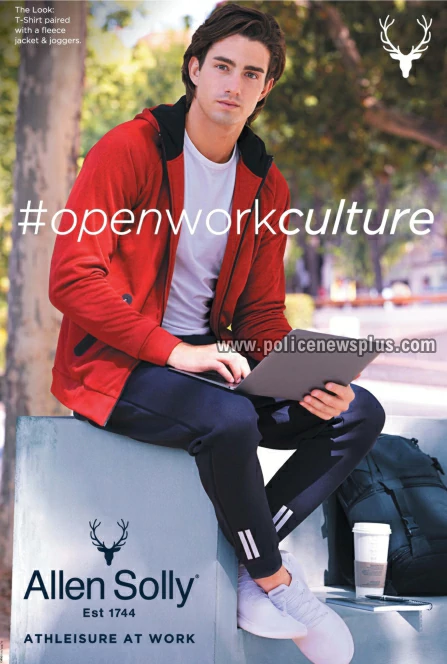Facial Recognition Technology is an automated process of comparing two images of faces to determine whether they represent the same individual. Recently DigiYatra (facial recognition technology) has been operationalized at many Indian airports.
Potential benefits for law enforcement agencies:
Facial recognition Technology helps in Finding missing people and identifying perpetrators. In April 2018, the Delhi Police introduced the trial of a facial recognition system commissioned by the Delhi High Court which helped in correctly identifying approximately 3000 missing children.
This technology improvises the outcomes in the area of Criminal identification and verification. The Pehchaan Citizen App used in Uttar Pradesh provides users with a confidence score of the likelihood that two faces belong to the same person by running the face against the All India Criminal Database. This App provides better security measures in banks and airports.
The aim of the Government‘s Digi-Yatra policy is to give a seamless, hassle-free, and paperless journey experience to every air traveller in India. This App helps civilian verification when needed and helps in the reduction of fake IDs. Facial recognition requires fewer human resources than other types of security measures, such as fingerprinting. Several countries are already using Facial recognition Technology on a large scale for ease of internal security and in their criminal justice system.
Disadvantages associated with the use of Facial recognition Technology
Accuracy rates fall starkly based on race and gender. This can result in a false positive, where a person is misidentified as someone else, or a false negative where a person is not verified as himself. While implementing Facial recognition Technology Delhi Police treats matches of above 80% similarity generated by the technology system as positive results (as per RTI response).
This technology is a greater threat to individual and societal privacy. As per the Puttaswamy judgment, Privacy is a fundamental right, even in public spaces, large-scale recordings, storing and analysis of images undermine this right because it means that it won’t be possible to do anything in public without the state knowing about it.
Delhi police widening of the purpose for FRT (from finding missing children to surveillance) demonstrates an issue of ‘function creep’ wherein a technology or system gradually widens its scope from its original purpose to encompass and fulfill wider functions. This technology can infringe on personal freedoms.
Facial recognition technology is typically deployed without consent, by both the private and public sectors. The technology makes it possible for Government and the law enforcement agencies to identify people who attend or participate in rallies or in any other form of political or social dissent and thereafter potentially put them under surveillance to track their movement. There is also concern about the storage of facial recognition data, as these databases have the potential to be breached.This technology provides opportunities for fraud and other crimes. The Factors that could influence the efficacy, accuracy, and potential biases of FRT in India include skin colour, geography, religion, and caste.
Government Measures implemented
NCRB proposal for National Automated Facial Recognition System (AFRS) which would be used to create a national database of photographs which would help in swiftly identifying criminals by gathering existing data from various other databases like Passport, CCTNS, ICJS and Prisons, WCD Ministry’s Khoya Paya etc. The Initiatives by states are TSCOP + CCTNS in Telangana, Punjab Artificial Intelligence System (PAIS) in Punjab, AFRS in Delhi, Automated Multimodal Biometric Identification System (AMBIS) in Maharashtra, FaceTagr in Tamil Nadu.
National Intelligence Grid (NATGRID) is a project to create a comprehensive and searchable database. Lawful Intercept and Monitoring project (LIM), Crime and Criminal Tracking Network & Systems (CCTNS), and Network Traffic Analysis System (NETRA), have been criticized for facilitating mass surveillance, being opaque, and implemented without clear legal backing or oversight mechanisms.
With the right regulation and protections, facial recognition technology can make the world safer, more convenient and smarter.






